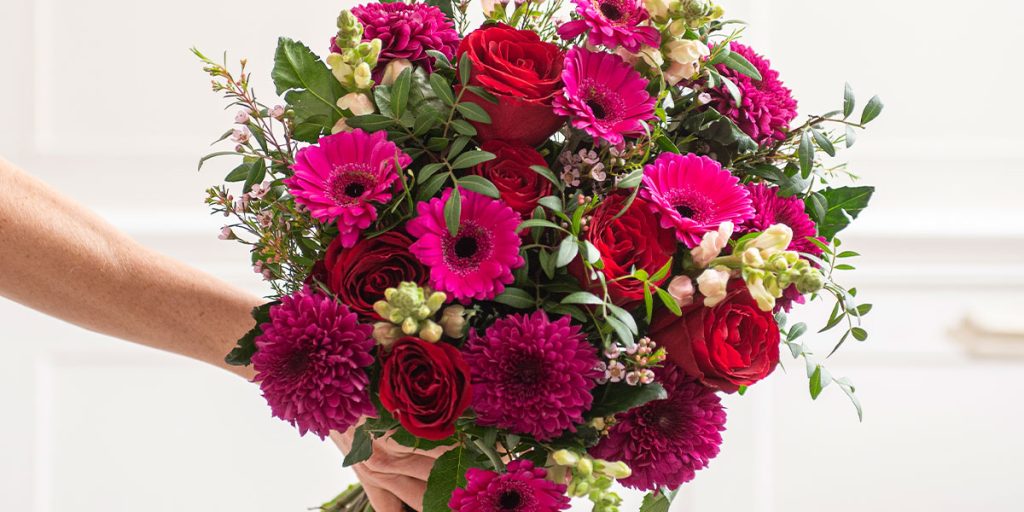As you step into the world of wedding floristry, the bouquet in hand symbolizes the beauty and joy you aim to bring to others’ special days. However, beneath the surface lies a tapestry of challenges waiting to be unraveled. From the delicate balance of managing client expectations to the physical toll of long hours spent crafting intricate arrangements, the path of a wedding florist is not without its thorns. Stay tuned to uncover the intricacies and complexities that await those who choose to bloom in this competitive industry.
Physical Demands and Health Risks
Navigating the world of wedding floristry involves embracing physical demands and considering potential health risks that come with the art of creating beautiful floral arrangements. Posture issues are a common concern as you spend long hours standing, bending, and reaching to perfect each bouquet. Muscular strain can be a result of repetitive motions required for arranging flowers meticulously. Occupational hazards, such as cuts and scratches from thorns or sharp tools, are a constant risk in this profession. Health concerns may arise due to exposure to pollen or chemicals used in preserving flowers. Lastly, physical exhaustion is a reality as you work tirelessly to meet deadlines and deliver stunning floral creations. To mitigate these challenges, implementing ergonomic work practices, taking regular breaks, and prioritizing self-care are crucial in maintaining your well-being as a dedicated wedding florist.
Seasonal Work Challenges
Seasonal work challenges in the wedding floristry industry bring forth a dynamic landscape of demands and adaptations for professionals in this field.
- Event Scheduling: Managing multiple weddings and events during peak seasons can be overwhelming, requiring precise coordination to meet deadlines.
- Floral Arrangements: Seasonal fluctuations impact flower availability and pricing, necessitating flexibility in design choices and creativity to work with the flowers in season.
- Customer Demands: Meeting varied client preferences and expectations while juggling numerous orders can be demanding, requiring exceptional customer service skills.
- Workload Management: Balancing a high volume of orders with limited time, especially during busy periods like summer and holidays, challenges florists to efficiently organize their workload to deliver quality results.
Navigating these seasonal work challenges demands strategic planning, effective communication with clients, and the ability to adapt creatively to ensure successful outcomes in the wedding floristry business.
Client Expectations and Pressure
Client expectations and pressure in the wedding floristry industry can often set the tone for the intricate dance between creativity and precision that florists must master. Effective client communication is key to understanding their vision while managing their expectations within realistic boundaries. Juggling multiple demands while ensuring timely delivery of floral arrangements requires impeccable time management skills. The stress of meeting high client standards can be overwhelming, necessitating strong stress management techniques to maintain quality work.
Creativity challenges arise as clients seek unique and personalized designs, pushing florists to innovate while staying true to their style. Developing pricing strategies that reflect the value of the service provided can be challenging yet crucial in sustaining a floristry business. Balancing artistic expression with client preferences demands finesse and adaptability.
Navigating client expectations and pressures in the wedding floristry realm requires a delicate balance of artistry, professionalism, and business acumen. By honing client communication, time management, stress management, creativity, and pricing strategies, florists can thrive in this demanding yet rewarding industry.
Limited Career Growth Opportunities
Within the floral industry, opportunities for career growth can often be limited due to various factors impacting advancement prospects. Here are some reasons why you might find your career growth as a wedding florist to be restricted:
- Limited Advancement: The hierarchical structure within many floral businesses may lead to a career plateau, where moving up becomes challenging.
- Stagnant Growth: Due to the traditional nature of the industry, growth can sometimes feel stagnant, with few new opportunities emerging.
- Promotional Limitations: Promotions within floral shops can be scarce, as senior positions may have low turnover rates, limiting your chances for advancement.
- Restricted Progression: Without clear paths for career development or specialized training programs, your progression within the field may be constrained.
Navigating these challenges may require seeking out alternative avenues for growth, such as pursuing additional certifications, diversifying your skill set, or even considering branching out into related fields for broader opportunities.
Allergies and Sensitivities
Are you aware of the potential impact of allergies and sensitivities when working as a wedding florist? As a florist, navigating allergies and sensitivities can be challenging. It’s crucial to implement workplace precautions to ensure a safe environment. Allergy management is essential, requiring diligence in handling flowers and floral materials. Health accommodations may be necessary to accommodate any allergies or sensitivities. Considering medical considerations is vital, as exposure to certain flowers could trigger reactions. Sensitivity awareness towards your own health and that of others is key to maintaining a thriving floral business. By being proactive in implementing these strategies, you can create a workspace that is both safe and accommodating for yourself and your clients. Remember, taking care of your health and well-being is paramount in ensuring a successful and sustainable career in the floral industry.
Competition and Market Saturation
Amidst the bustling floral industry, competition and market saturation pose significant challenges for aspiring wedding florists looking to establish their presence and thrive in the market. To navigate this landscape effectively, consider the following key aspects:
- Pricing strategies: Competing on price alone may lead to devaluing your services. Striking a balance between affordability and profitability is crucial.
- Marketing tactics: In a saturated market, innovative and targeted marketing strategies can help you stand out. Utilize social media, collaborations, and styled photoshoots to showcase your unique offerings.
- Customer retention: Building strong relationships with clients is essential in a competitive market. Provide exceptional service, personalized experiences, and follow-up to ensure repeat business.
- Industry trends: Staying updated on the latest floral trends and styles is vital for staying relevant. Attend workshops, follow industry influencers, and adapt your designs to meet evolving preferences.
- Networking opportunities: Engage with other wedding vendors, participate in bridal shows, and join industry associations to expand your professional network and gain referrals. Networking can open doors to new opportunities and collaborations.
Work-Life Balance Struggles
Navigating the competitive floral industry landscape can be challenging, especially when balancing work commitments with personal life can lead to significant struggles in maintaining a healthy work-life balance. As a wedding florist, you may find yourself juggling long hours creating intricate arrangements while trying to carve out time for yourself and loved ones. Time management becomes crucial in ensuring you meet client demands without compromising your well-being. Here is a table highlighting common struggles and tips for better time management:
| Struggles | Impact | Tips for Improvement |
|---|---|---|
| Long working hours | Fatigue and burnout | Prioritize tasks efficiently |
| Weekend events | Missing personal events | Schedule personal time in advance |
| Last-minute orders | Stress and rush | Set buffer time for unexpected requests |
| Seasonal peaks | High pressure | Plan workload during quieter periods |
Financial Instability and Income Variability
Struggling to maintain a stable financial outlook and facing income fluctuations can be a common challenge for wedding florists in the ever-evolving floral industry landscape. This instability can lead to various issues, including:
- Job Insecurity: The nature of freelance or contract work in the floral industry can result in a lack of job security, with uncertain future prospects.
- Unpredictable Earnings: Income for wedding florists can vary greatly from month to month, making it challenging to budget effectively.
- Financial Stress: Managing cash flow during slow seasons or unexpected expenses can create significant financial pressure.
- Income Fluctuations: Fluctuating demand for wedding services can lead to inconsistent income streams, impacting financial stability.
Navigating these challenges requires careful financial planning, diversification of services, and building a strong client base to mitigate the effects of income variability and job insecurity. Balancing passion for floral design with the practicalities of financial stability is key for long-term success in the wedding floristry business.



